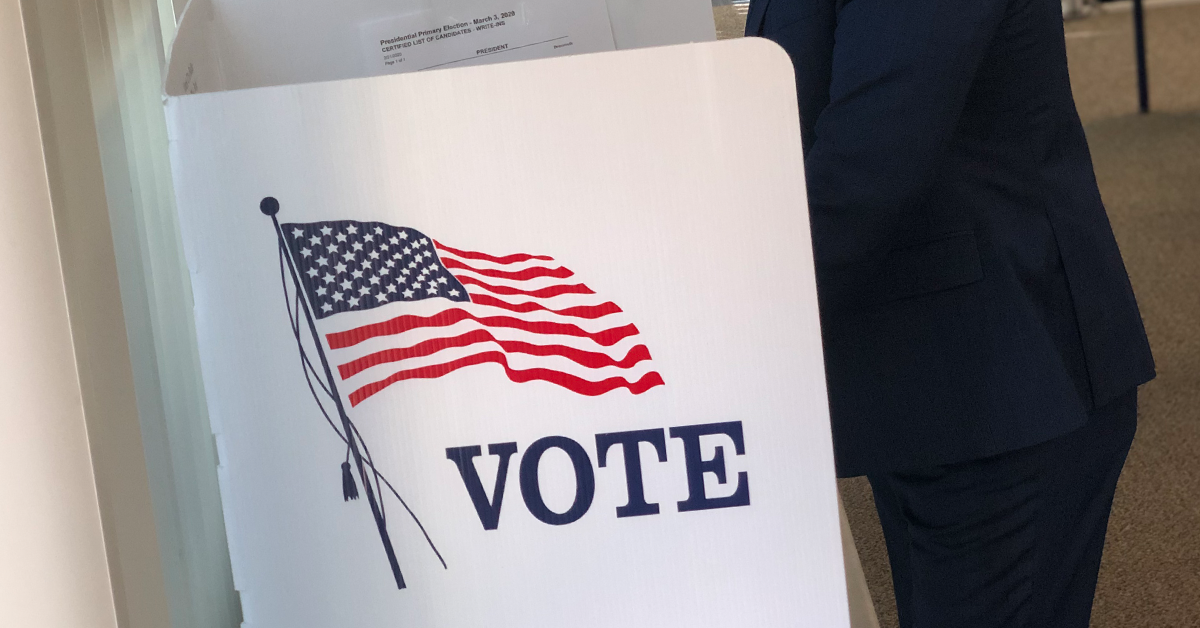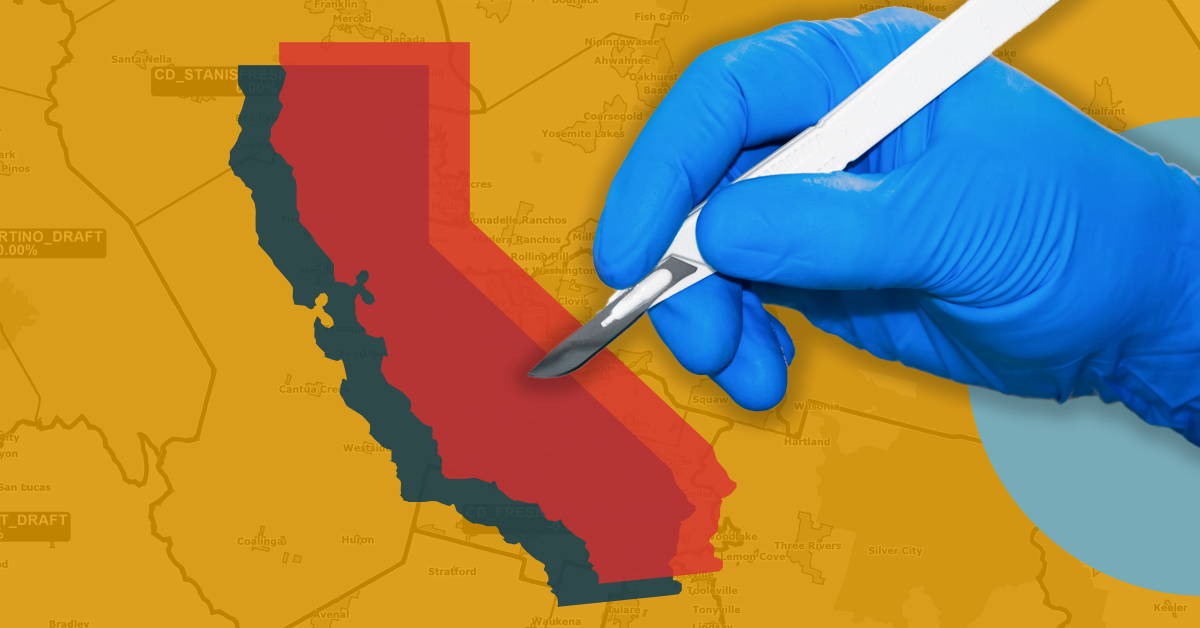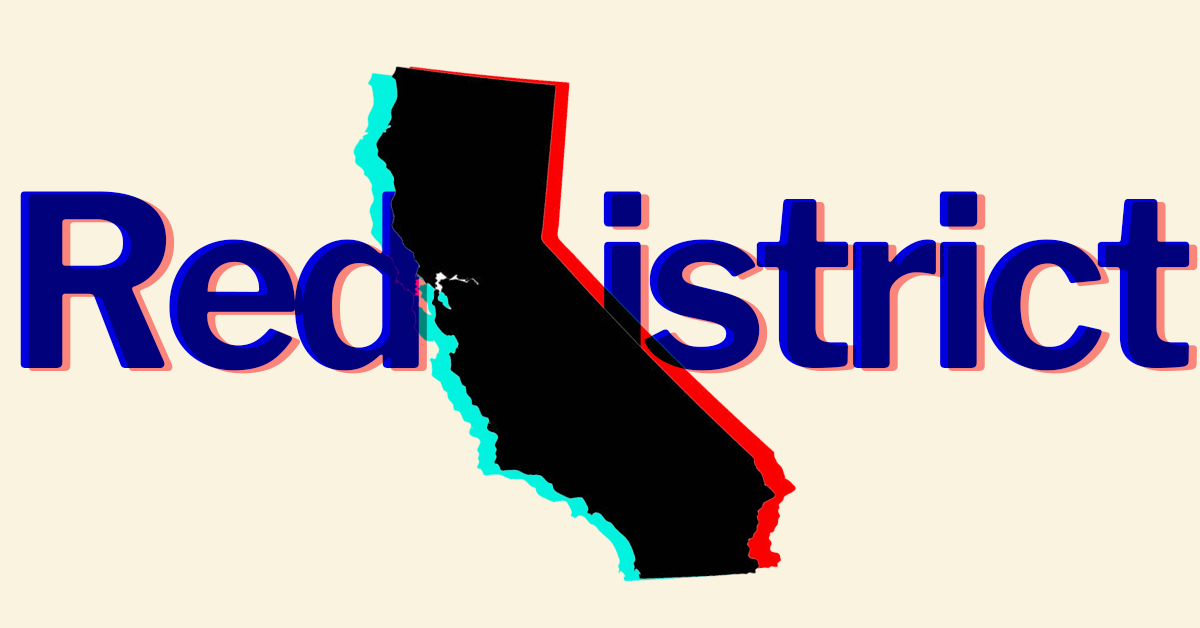One week after revealing first draft maps of California’s Congressional and legislative boundaries for review, the state’s citizen-led Redistricting Commission took several hours of public comment on Wednesday to receive feedback for the Congressional map, which included many people from the Central Valley calling in to voice their concerns.
If the commission moves forward with the draft maps as the basis for the finalized maps, many of the incumbent Central Valley representatives will likely be on the move as they play musical chairs to find the district that best fits their profile.
From concerns about the Voting Rights Act district centered on Kings, Tulare and Kern Counties – which requires the heavy Latino population to be adequately distributed – to the grouping of Modesto with the Sierra Nevada Mountains region, the commission heard the complaints of Central Valley residents on Wednesday.
Lori Pesante, a government affairs chief with the Dolores Huerta Foundation, called in to express her desire for the commission to use the maps submitted by the foundation.
“It has been very difficult for underserved VRA populations in our valley to participate at the state level. We have submitted proposed maps for Kern, Fresno, Kings and Tulare Counties prioritizing these VRA communities,” Pesante said.
Pesante pushed the commission to have Latino populations in the districts be at least 65 percent, Latino CVAP be at least 55 percent, and Latino voter registration at least 50 percent.
The highest any Central Valley district reaches in Latino CVAP is just under 54 percent.
Commissioners have shied away from over-saturating minority-majority districts along the Valley floor over concerns that it may provoke legal claims under the Voting Rights Act alleging illegal packing of minority voters.
Pesante tried to assuage concerns.
“As Central Valley residents we know that CVAP (citizen voting age population) and other metrics have to be very high for VRA districts to actually be effective. It’s not packing,” she said.
She also claimed that she had brushes with individuals tied to extremist groups, such as the Proud Boys.
“There’s very little white crossover voting, and indeed there have been Proud Boys at every one of the redistricting hearings I’ve been participating in at the local level. And there simply isn’t enough coalition voting to justify lowering of thresholds.”
“Your current draft maps at all levels do not meet these effectiveness metrics, and we fear that you are creating districts that will completely disenfranchise our Latino populations and other communities of color for the next 10 years,” Pesante said.
Another caller requested the commission remove Stockdale Estates, Stockdale Country Club, Sunnydale Country Club and Seven Oaks Country Club from the Kings-Tulare-Kern Voting Rights Act district.
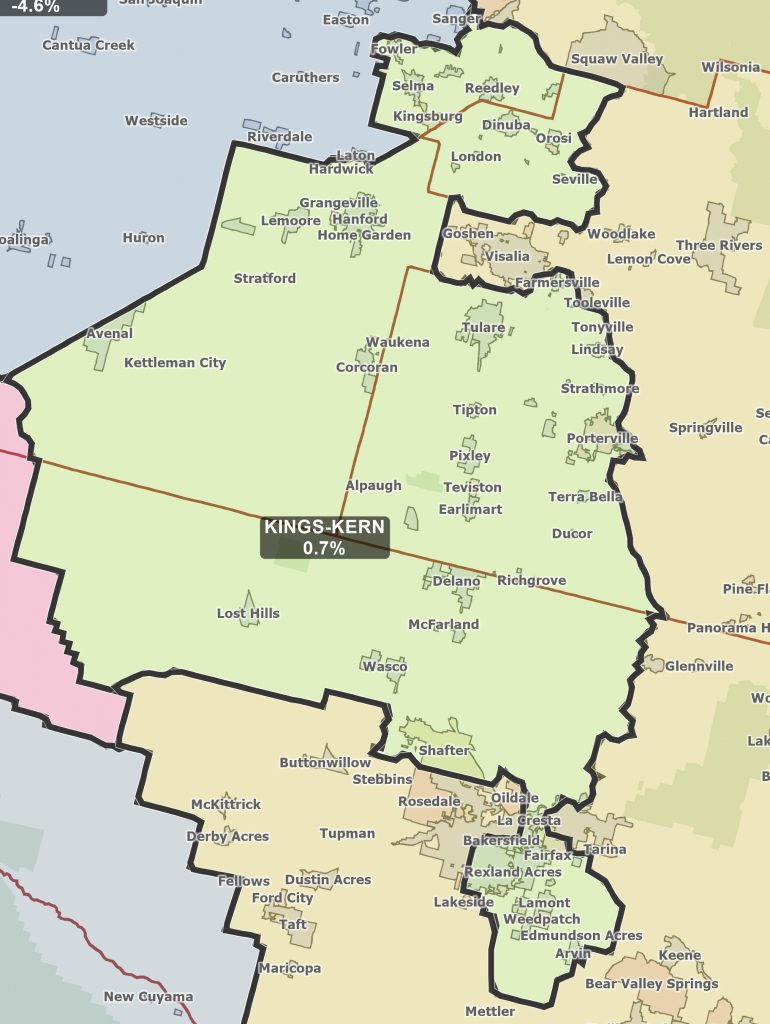
“These are predominantly white, affluent communities that do not have any connection to the rural latino communities of Delano, Wasco, Arvin or Kings Counties,” the caller said. “Most of these areas are well over 60 percent white CVAP, and many of them are more than 75 percent white CVAP. Given the current population makeup and the rapid ongoing development of these areas, keeping them in the Kings-Tulare VRA district will virtually guarantee that Latino voters will not be able to elect the candidate of their choice for one or two election cycles.”
Karen Warner, a Modesto resident and former District Director to Rep. Josh Harder (D-Turlock) called in to raise concerns about Modesto being grouped with the Sierra Nevada Mountain regions of Mono and Inyo Counties, among others.
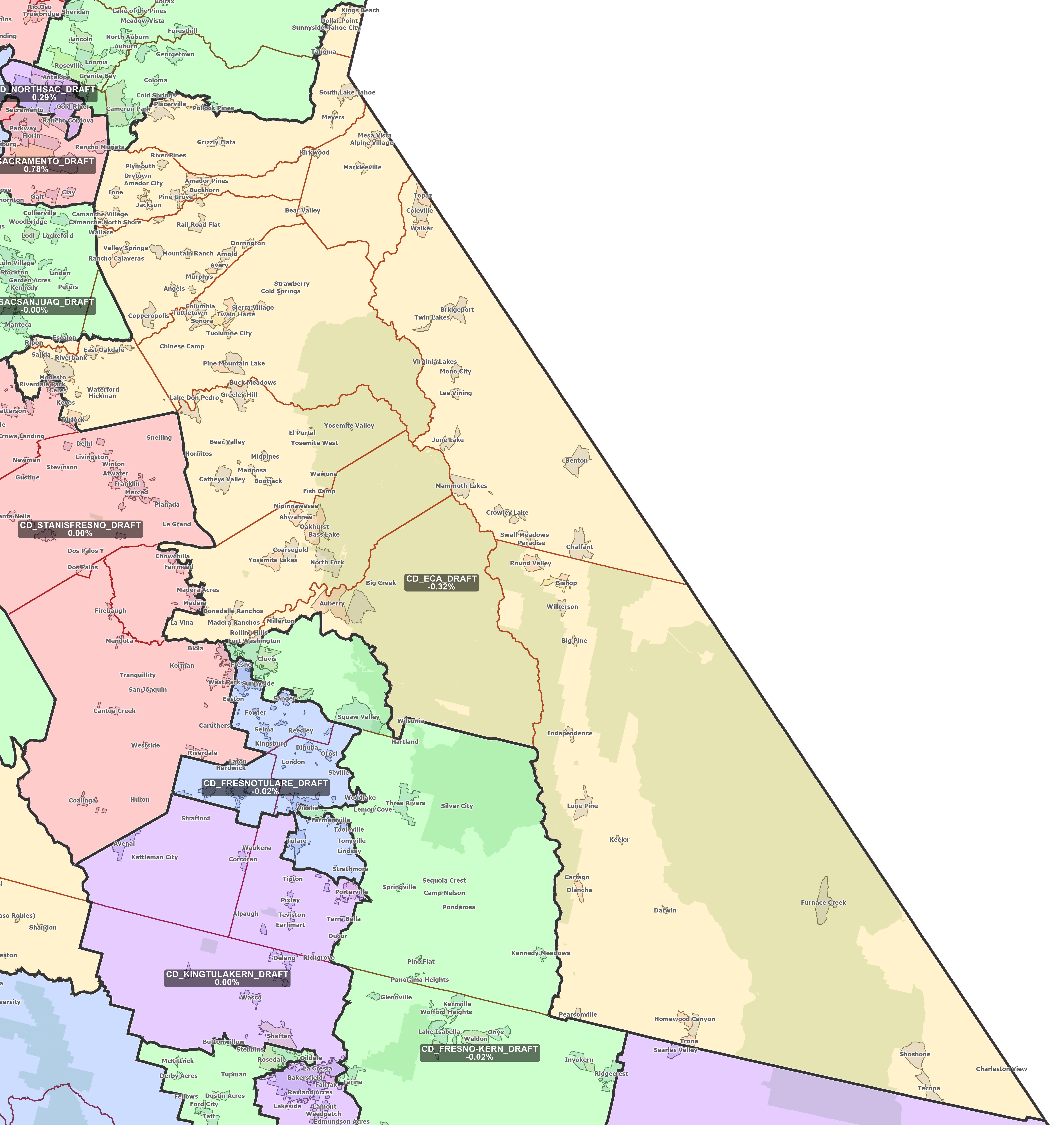
“I was born and raised in Stanislaus County and am now raising my family here,” Warner said. “As you have heard from many other Valley residents, we do now share common interests with Sierra mountain counties. It is completely illogical to put these two deeply distinct regions in any districts together.”
Warner added, “You have drawn a majority of my community out of the Valley and thrown us in with an enormous mountain region that we do not identify with. Our interests and our voices in the Modesto area have been gutted in these new maps. We have become collateral damage to keep San Joaquin County whole despite sharing far deeper connections with the cities of Tracy and Manteca than with far-flung regions like Tahoe and Death Valley. Stanislaus and Merced Counties should not be treated as an afterthought. Our families and our communities, as you know, should not be treated as collateral damage.”
Other Valley residents called in regarding the Fresno-Tulare district, which includes central and east Fresno, Sanger, Selma, Kingsburg, Dinuba, half of Visalia, Tulare, Hanford and Lemoore.
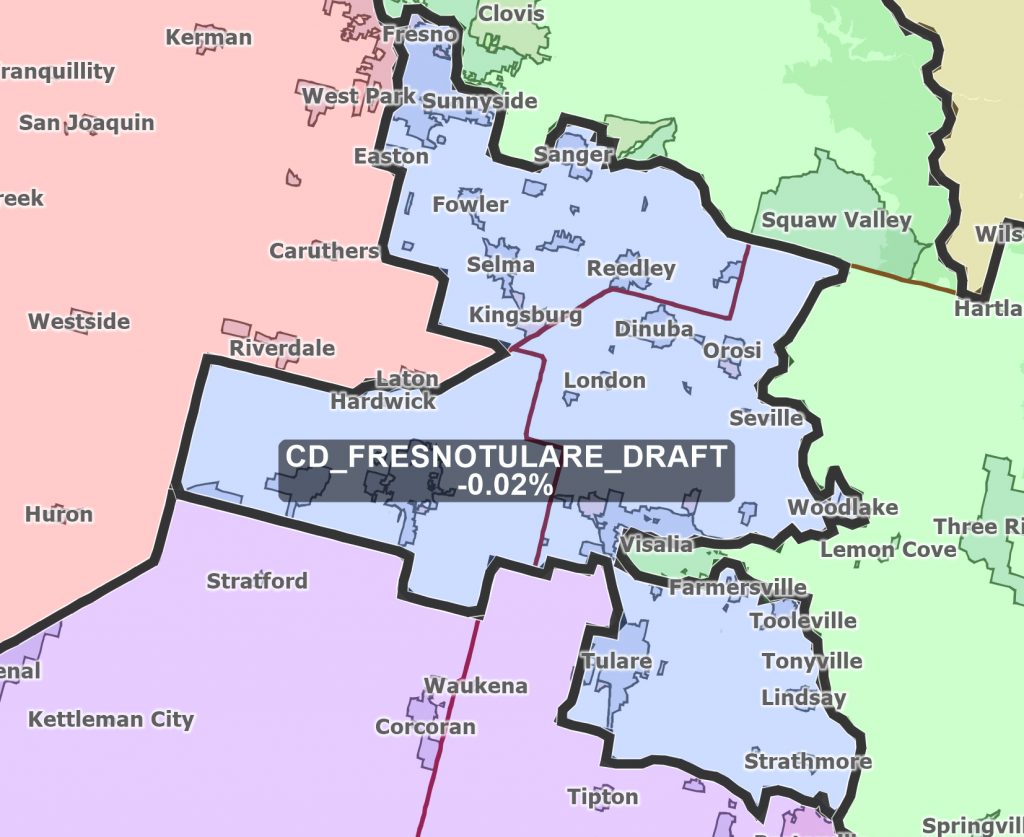
A woman who identified herself as Alyssa said she is a resident of rural Kings County and does not think the Fresno should be grouped with the other cities in this district.
“As a resident of rural Kings County, I feel the city of Fresno does not belong with the current draft or a Fresno-Tulare Congressional district because its urban population doesn’t reflect the overarching communities of interest within this district,” she said.
“The Fresno-Tulare Congressional [district] should instead include a larger portion of Kings County, which would preserve the rural roots of the district’s communities of interest.”
Another caller said he is a resident of rural Tulare County agreed.
“It is my belief that the City of Fresno should be removed from the Fresno-Tulare draft Congressional district because the district’s communities of interest are overwhelmingly rural and Fresno is not,” he said. “Fresno’s urban population should be included in a district that shares local representation on the Fresno County Board of Supervisors and Fresno City Council.”




